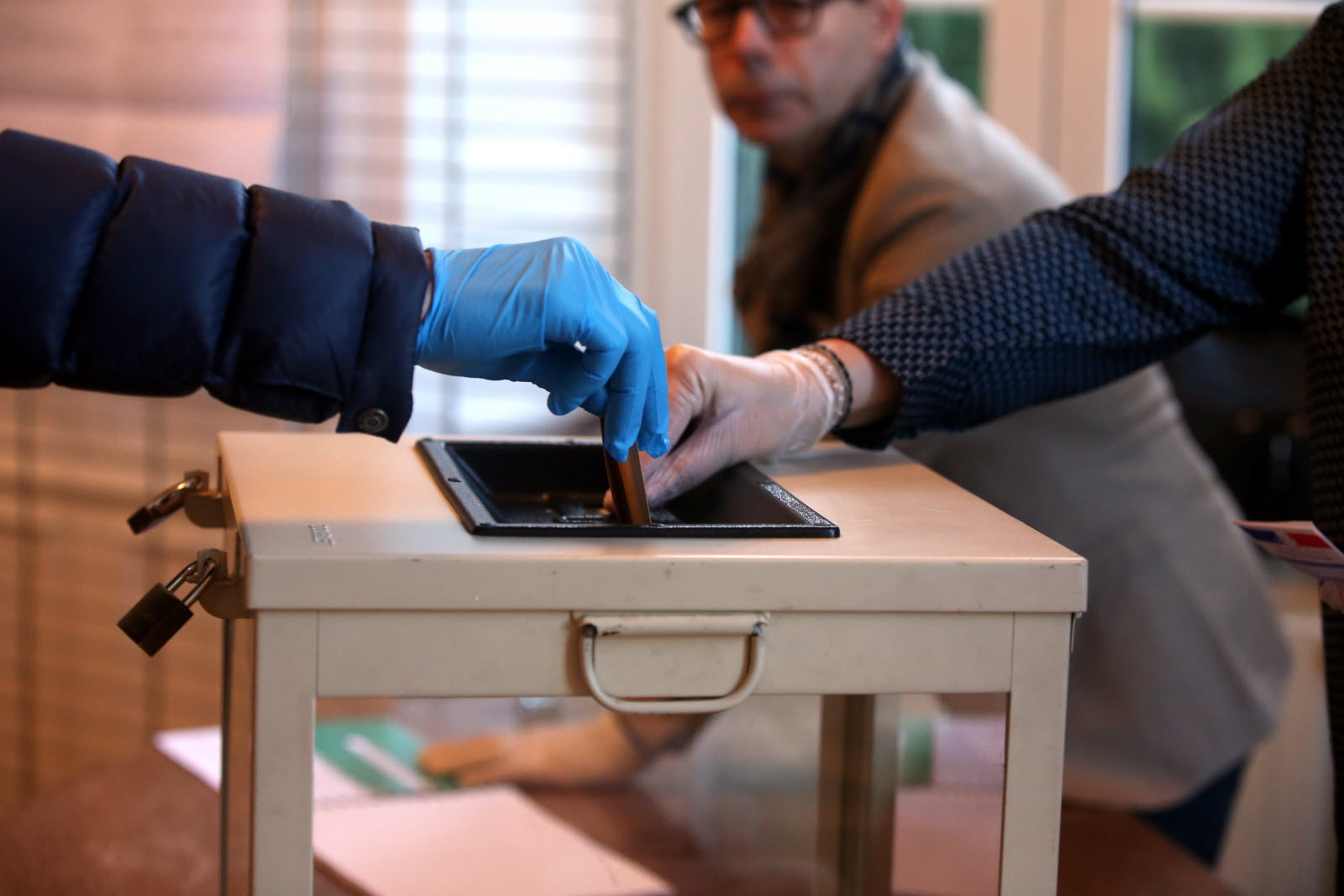Comment expliquer la baisse de participation aux municipales 2020 ?
Dimanche dernier, le 15 mars 2020, la France a organisé le premier tour des élections municipales, après avoir annoncé une fermeture des écoles puis des restaurants et commerces non essentiels. La participation à ce scrutin s’établit à 44,64 %, en chute de 20 points par rapport à 2014, date des précédentes élections municipales (voir une très belle carte du Monde ici, assez illustrative de la situation) Ce rapide billet ne s’attardera pas sur la question de savoir s’il fallait ou…

